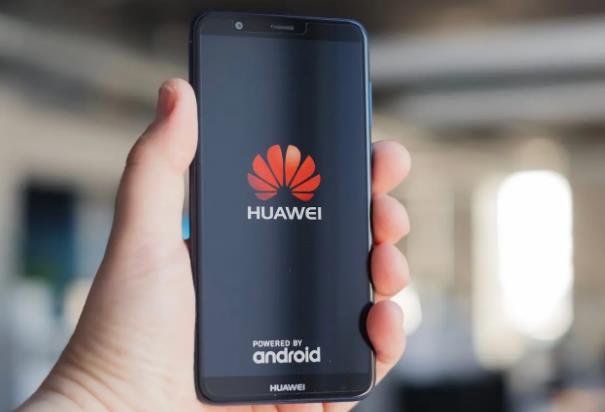Huawei, the Chinese tech giant that has been under intense pressure from the US government, has been stockpiling components for months as it aims to double its smartphone sales next year. Huawei’s goal is to ship between 60 million and 70 million phones in 2024, two industry executives told Nikkei Asia, doubling shipments this year and last.
Huawei has also been increasing its inventory of lenses, cameras, printed circuit boards and other parts since earlier this year to achieve this goal, multiple supply chain managers and analysts said. The company is trying to secure enough supplies before the US imposes new export controls that could further limit its access to key technologies.

The US has already banned Huawei from using Google’s Android operating system and apps, as well as chips and software from American suppliers, citing national security concerns. Huawei has denied any wrongdoing and said it is a victim of a political campaign.
Huawei launches Mate 60 series with HarmonyOS
Despite the US restrictions, Huawei has managed to launch its latest flagship smartphone series, the Mate 60, which runs on its own operating system, HarmonyOS. The Mate 60 series features a 6.8-inch OLED display, a 50-megapixel main camera, a 4,400 mAh battery and a Kirin 9000 processor, which is one of the few 5-nanometer chips in the market.
The Mate 60 series has been well received by consumers in China, where it was released in September. The phones have triggered a rush to buy in China and even required a price increase to purchase them. According to Wall Street Insights, Huawei won second place in the Chinese smartphone market with a sales market share of 17% in the first week of September.
However, Huawei faces challenges in expanding its global presence with the Mate 60 series, as it lacks access to popular apps and services such as Google Maps, Gmail and YouTube. The company has been developing its own app store and ecosystem, but it still lags behind its rivals in terms of user experience and functionality.
Huawei aims to regain its position as a top smartphone maker
Huawei’s ambitious plan to double its smartphone sales next year reflects its determination to regain its position as a top smartphone maker in the world. Huawei was once the world’s largest smartphone vendor, surpassing Samsung and Apple in the second quarter of 2020. However, it fell to the seventh place in the second quarter of 2023, according to IDC, a market research firm.
Huawei hopes that by increasing its production and inventory of smartphones, it can weather the storm of US sanctions and maintain its loyal customer base. The company also hopes that by developing its own operating system and chipsets, it can reduce its dependence on foreign suppliers and create a competitive advantage in the long term.
However, Huawei faces many uncertainties and risks in its quest to double its smartphone sales next year. The US is expected to announce new export controls that could target Huawei’s suppliers in Taiwan, Japan and South Korea, making it harder for Huawei to obtain essential components. Moreover, Huawei faces fierce competition from other Chinese smartphone makers such as Xiaomi, Oppo and Vivo, which have been expanding their market share both in China and overseas.
